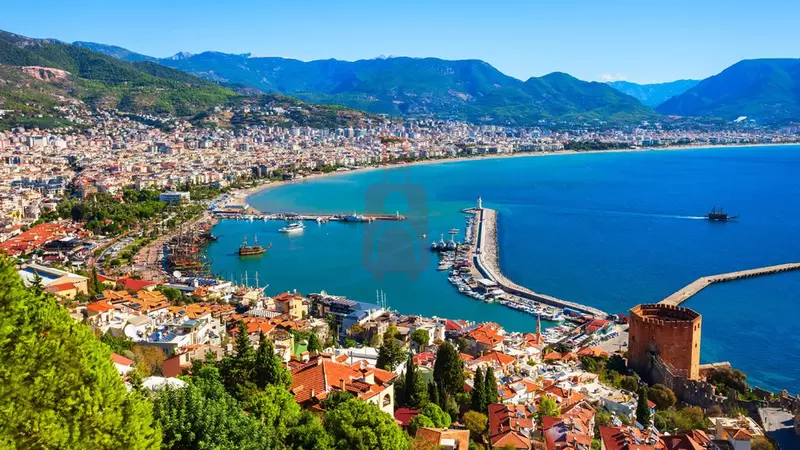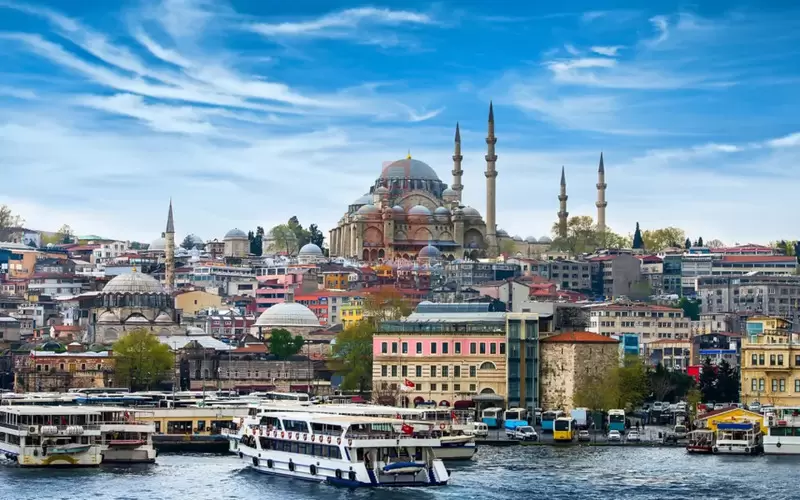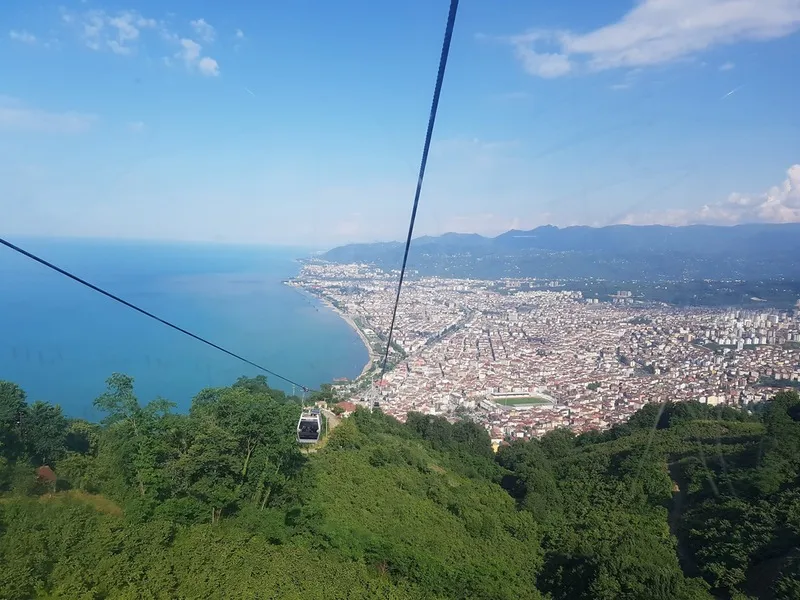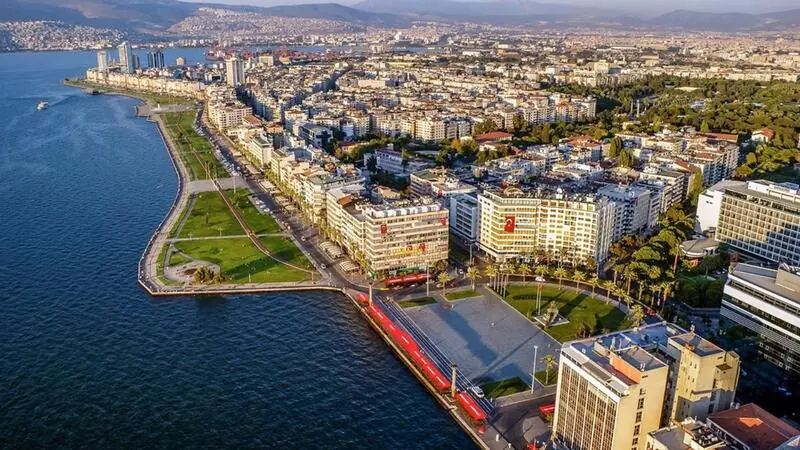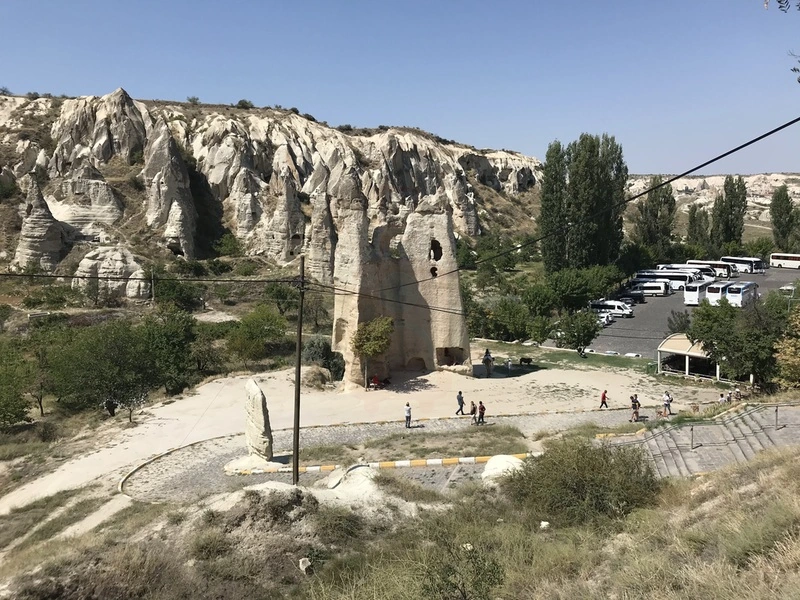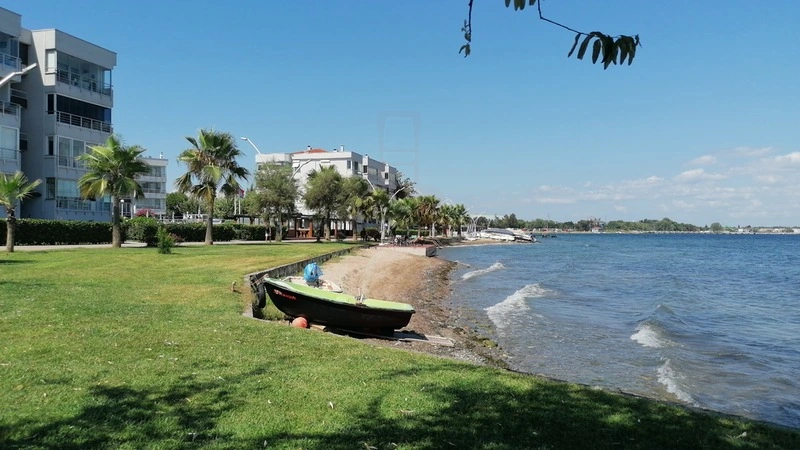
Urban Photography Expeditions in Türkiye: Capturing the Pulse of History and Modernity
Türkiye's metropolitan centers offer an extraordinarily rich canvas for [Urban Photography Expeditions]. Unlike typical city breaks, these journeys are focused entirely on maximizing visual opportunity, capturing the contrasts between ancient ruins and modern dynamism, and documenting the vibrant street life that defines Turkish culture. A successful urban photography trip here requires meticulous planning around light, avoiding peak crowds, and selecting neighborhoods that offer deep architectural and human interest.
As your professional guide, I confirm that Türkiye provides three distinct urban environments for this specialized tourism: the layered history of [Istanbul], the geological uniqueness of [Mardin], and the modern Aegean charm of [İzmir]. This detailed guide highlights the key photographic routes, the best times for shooting, and the technical focus required to capture the soul of the Turkish street.
I. Istanbul: The Ultimate Crossroads of Architecture and Street Life
[Istanbul] is a city of endless contrasts, offering unparalleled opportunities for architectural, night, and street photography across its historical and modern districts.
The Historic Peninsula and the Golden Hour
The [Sultanahmet] area is essential for monumental architecture, best captured during the [Golden Hour] (sunrise and sunset) to soften the stone and highlight the silhouettes:
- The Icons: Focus on the panoramic view of the [Hagia Sophia] and the [Blue Mosque] ([Sultanahmet Camii]) from [Sultanahmet Square] or the surrounding rooftops. Use wide-angle lenses to capture both structures in a single frame, emphasizing the dual imperial legacy.
- Architectural Texture: Explore the intimate texture of the [Grand Bazaar] and [Spice Bazaar]. The internal lighting and the patterns of the vaulted ceilings provide excellent material for interior and low-light photography.
Street Photography: Galata, Beyoğlu, and Fener-Balat
These districts offer the best opportunities for human interest and architectural decay/renewal:
- Fener-Balat: This UNESCO-supported conservation zone is famous for its [Colorful, Cumbalı Houses] (bay-windowed Ottoman homes), steep staircases ([Çorbacı Çeşmesi Yokuşu]), and traditional architecture. This area is perfect for capturing peeling paint, street art, and quiet portraits.
- Galata and Beyoğlu: The [Galata Tower] provides the most dramatic panorama of the city's modern and historical sprawl. [Istiklal Avenue] is ideal for candid street shots, red tram lines, and capturing the energetic pace of Istanbul's youth culture.
Night Photography
The city's silhouette is breathtaking after dark:
- Bosphorus Reflections: Capture the illuminated [Bosphorus Bridge] and [Maiden's Tower] from [Üsküdar] or [Arnavutköy] for classic, long-exposure night shots utilizing the water reflections.
II. The Southeastern Labyrinth: Texture, Light, and History
The cities of the Southeast offer a unique, visually rich environment defined by ancient stone and Mesopotamian light.
Mardin: The City of Stone
[Mardin] is an architectural labyrinth carved entirely from local limestone, offering a warm, monochrome palette ideal for atmospheric photography.
- Architectural Geometry: Focus on the distinctive [Artuklu] architecture, the carved details of the high courtyard walls, and the shadowy complexity of the narrow, covered alleyways (abbara).
- The View: Capture the city’s cascade of stone buildings descending toward the vast, flat [Mesopotamian Plain]. The sunset from the [Zinciriye Medresesi] is mandatory for its golden light and sweeping perspective.
- Cultural Portraits: The [Mardin Old Bazaar] is a vibrant, chaotic place for capturing street vendors, spice stalls, and the unique [Telkari] (silver filigree) craftsmanship of the local [Süryani] (Syriac) community.
Gaziantep and Adana: Gastronomy and Life
[Gaziantep] offers a historical study in trade and craft. Photograph the busy [Bakırcılar Çarşısı] (Coppersmiths' Bazaar) and the vibrant local [Street Food] culture. [Adana] is known for its intense street life and modern urban sprawl along the [Seyhan River].
III. Aegean and Coastal Architecture
The Aegean provides lighter colors, neoclassical architecture, and a focused study on seaside charm.
İzmir and Alaçatı
- Alaçatı: This town is a photographer's dream for its white and blue palette. Capture the details of the [Stone Houses], colorful [Bougainvillea], and vintage street scenes. Shooting at the [Ilıca Beach] area at sunset provides a beautiful contrast between the warm light and the cool [Aegean Sea].
- İzmir: The city’s [Kordon] waterfront and the classical ruins of the [Izmir Agora] offer excellent opportunities to juxtapose modern port life with ancient structures.
Bodrum and Kaş
- Bodrum: Focus on the white-washed houses, the bustling [Bodrum Marina] (for yacht photography), and the historic [Bodrum Castle] (St. Peter's Castle).
- Kaş: The small, picturesque harbor and the cliffside Lycian [Ancient Theatre] offer superb vantage points for sunset and minimalist coastal shots.
IV. Technical Tips for Urban Expeditions
Urban photography requires flexibility and attention to detail:
- Timing: [Sunrise] (for clean light and fewer people at sites like Hagia Sophia) and the [Blue Hour] (the period after sunset) are essential for illuminating architecture and city lights.
- Lens Choice: A [Wide-Angle Lens] (for architecture and cityscapes) and a [Standard Prime Lens] (for street and detail photography) are indispensable.
- Safety and Discretion: Be mindful of crowds in markets and public squares. Always ask permission before taking close-up photos of individuals, respecting local customs and personal privacy.
An [Urban Photography Expedition] in Türkiye is a demanding yet rewarding pursuit, offering the chance to capture the endless visual dialogue between the past and the vibrant, evolving present.
